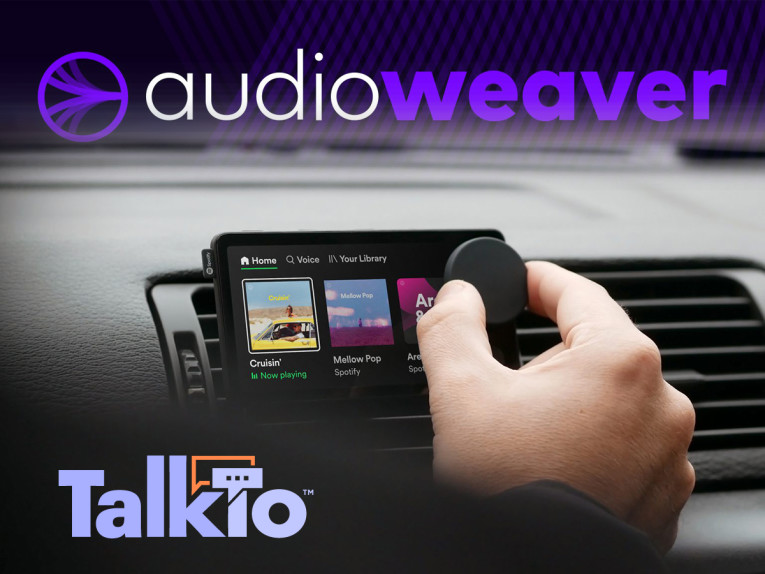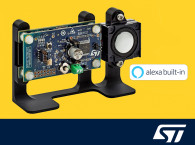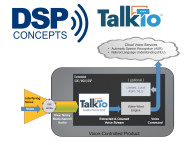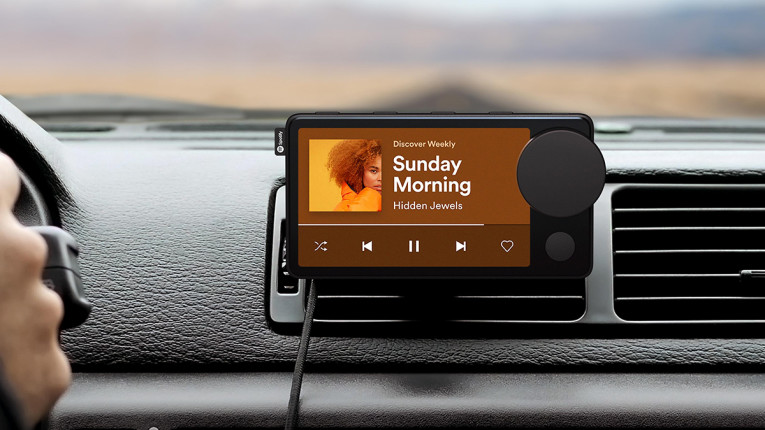
With Car Thing, Spotify users have a dedicated solution for their cars, making it easy to expand their streaming experiences from the home and work. And without depending upon Alexa, Google Assistant or Siri, users can just say “Hey Spotify” to ask for a song, album, artist, playlist, station, or podcast. All using a dedicated player with a large dial to browse, select, play, pause and discover music, with the Car Thing touchscreen display showing what’s playing, what’s coming, and allowing users to swipe to get to it. Four preset buttons give the user shortcuts to favorite artists, playlists, stations, and podcasts.
Spotify built a limited release of Car Thing to explore the possibilities in automotive environments, test user interfaces and voice commands for music engine applications - which are known to be one of the largest challenges for voice control, since they fully require connectivity of the queries to the cloud - and effectively send a message to the industry about the evolution of its streaming platform.
Using DSP Concepts’ Audio Weaver, the AFE powering Car Thing features industry-leading noise cancellation, while TalkTo ensures the device can detect user commands regardless of road noise and other in-cabin sound, including unreferenced audio system sound.
For DSP Concepts, working on Car Thing presented an opportunity to leverage their deep experience in both consumer electronics and automotive technology. “Enabling voice control inside the home is one thing, but in-cabin voice-controlled devices present an entirely different set of challenges. We work with many of the world’s leading automotive OEMs so we are acutely aware of the nuances of automotive sound systems. We know how something like an open air vent or the placement of a vehicle’s speakers can impact performance, and that deep automotive knowledge is what allowed us to build and deploy software that accommodates unique needs in the car,” shares Paul Beckmann, the founder of DSP Concepts.
Critical to the CarThing project, TalkTo is at the center of the device’s voice performance, as it is also deployed in millions of other voice-enabled products worldwide. Most significantly, it includes Adaptive Interference Cancellation (AIC) to reduce external noises by 30dB allowing voice products to coexist with other machines or entertainment devices that generate interfering noise. This allows a soundbar positioned in front of a loud TV to still “hear” users say commands without raising their voices.
Acoustic Echo Cancellation (AEC) is another critical feature, reducing reverb on the received speech and improving far-field voice detection for devices generating output levels of 100dB SPL at 1 meter. Other important tool was beamforming, to apply gain based on the direction of sound while steering the beam at the user to maximize the signal to noise ratio (SNR) available for signal processing, which reduces the impact of a reverberant room.
Other important audio product development features in the project include Direction of Arrival (DoA) tools to determine the direction of the desired voice signal to steer the adaptive beamformer. This improves performance in diffused noise conditions by directing the pickup beam toward the desired speech. And finally, Quiescent Sound Detection turns off the input signal processing when there is no input signal of interest to provide low power voice wakeup.
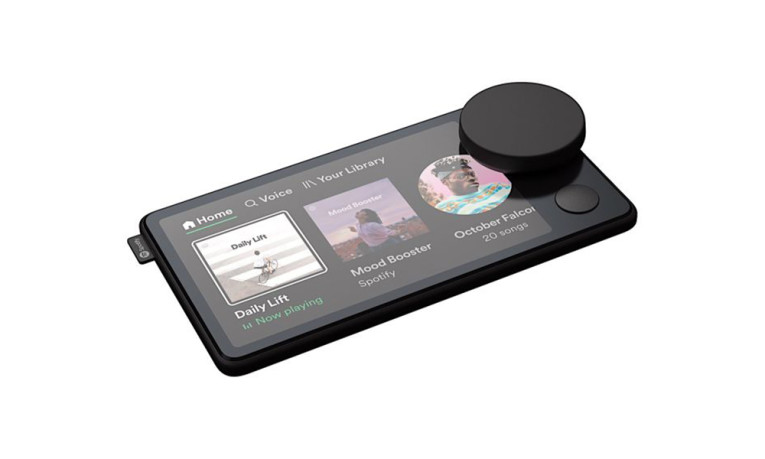
One of the key benefits of using TalkTo and building on Audio Weaver is that the technology is agnostic and built for voice interoperability, meaning it works with any voice assistant or ASR and gives brands the ability to build a voice UI once and deploy everywhere. For Spotify, this means they can add Alexa, Google Voice Assistant, or any other voice capabilities to Car Thing without any hardware modifications.
Additionally, building on Audio Weaver allows product makers to collaborate across different disciplines with a low-code framework of roughly 500 pre-configured module packs for performance tuned and tested capabilities that can be seamlessly deployed with a drag-and-drop interface. For an experimental project such as CarThing, this allowed Spotify to drastically reduce development costs and risk while accelerating time to market with best possible performance.
For more information on Car Thing visit carthing.spotify.com
www.dspconcepts.com
